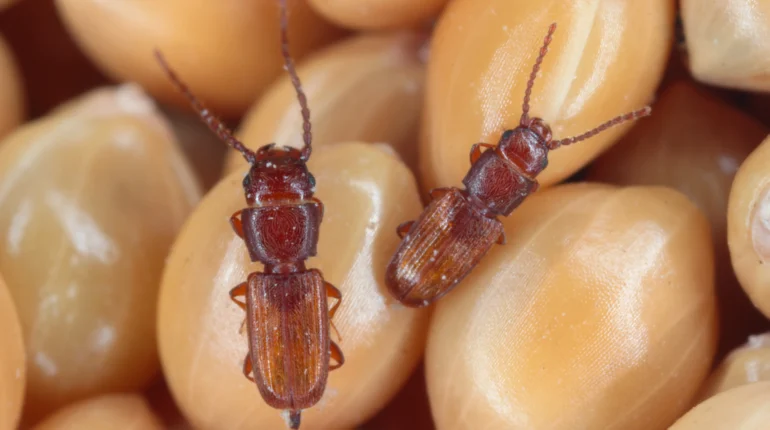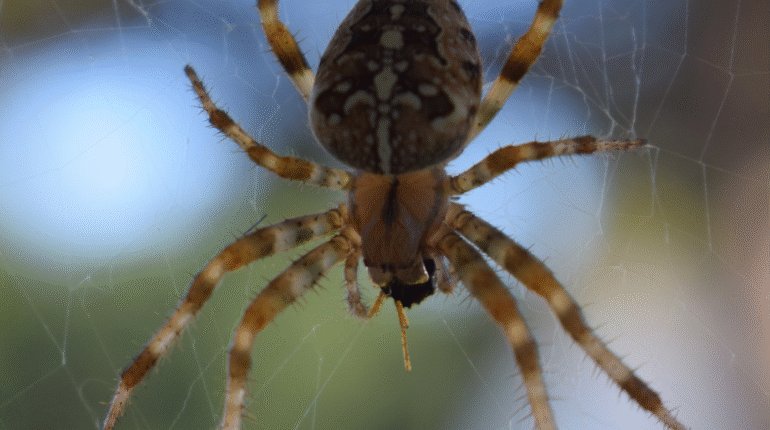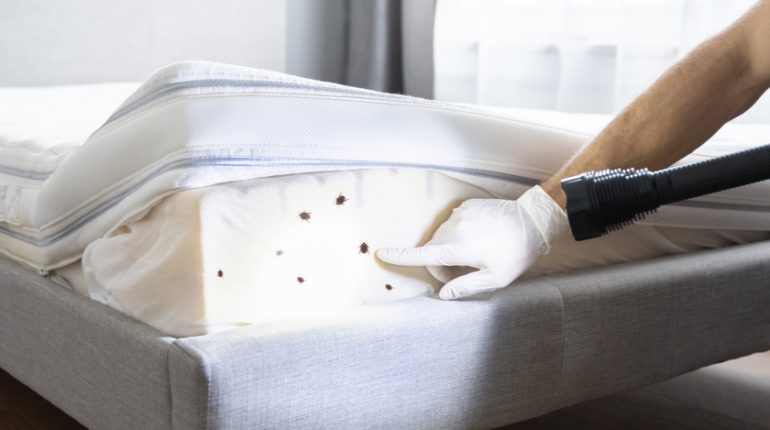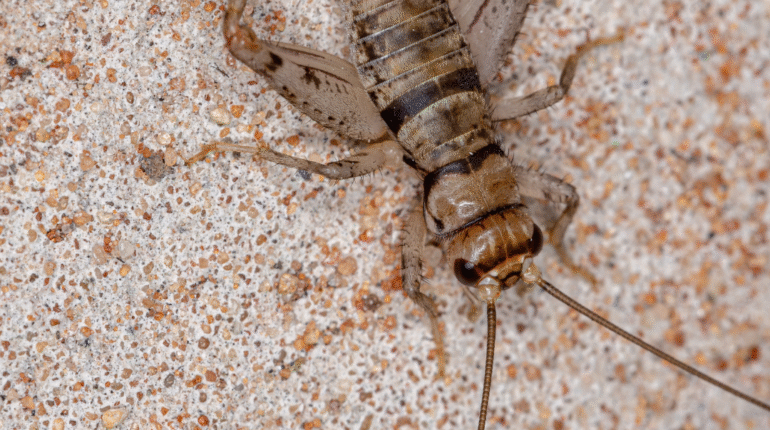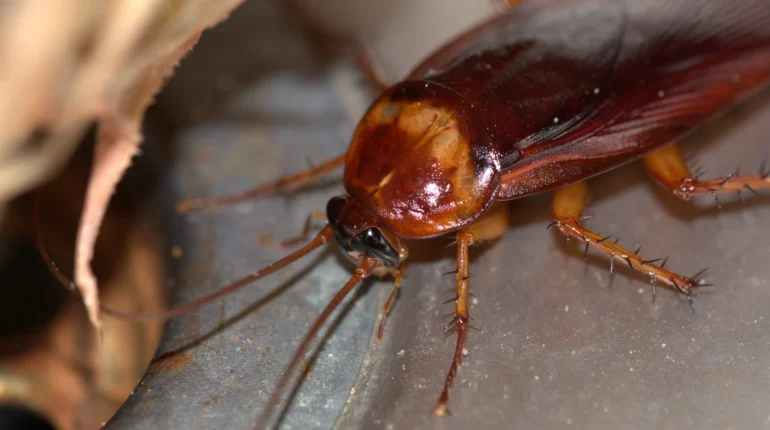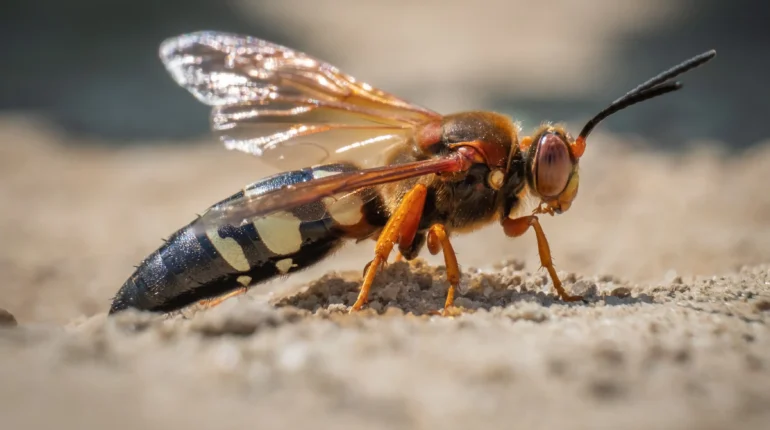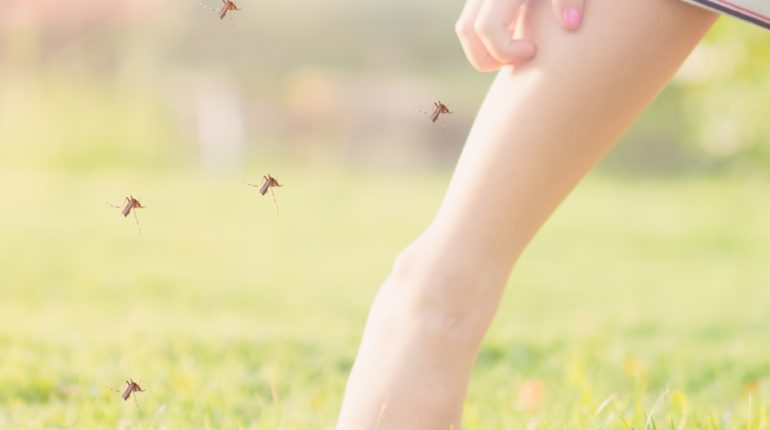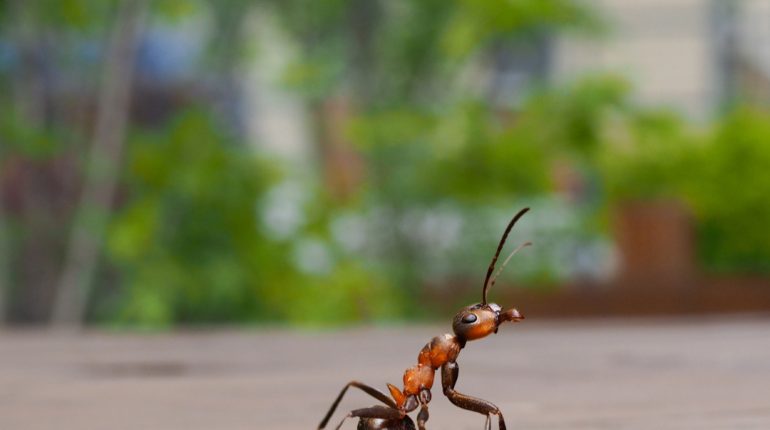- Boost
- /
Pantry Pests
Pantry Pest Control in New Jersey Pantry Pests: Unwelcome Guests in Your Kitchen Pantry pests are a frequent but often overlooked household nuisance. These small insects invade kitchens, pantries, and food storage areas, contaminating your dry goods and spreading quickly through
